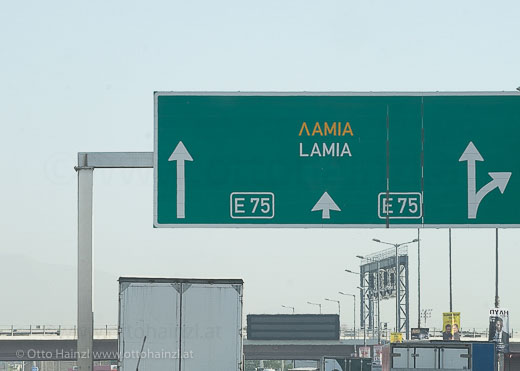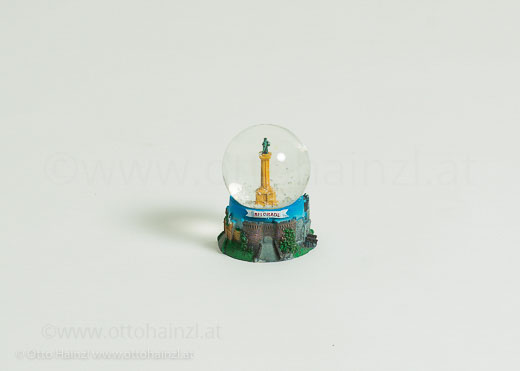Over the years I found out: all of my projects consist of several phases. This is the one thing they have in common, the other one is the red thread connecting them.
When it is time to start something new, I open my project-pantry. I take out an idea which is just ready to work through.
The fun starts with packing my pack. Cautiously I imbed the idea and some other stuff which helps to grow it. In the second phase it is time to get out to the road – literally this time. Research makes one’s mind heavy. So I try to omit it until later – I want to be fresh and open. Being restrained, reduces your nervous system, which is not good for exploring. I have the idea, I have the compass, the needle is pointing the way. Territory is too subtle to be predicted all the way through.

After several weeks or month I return to my atelier. The backpack is loaded, as my soul is. Things are fully grown. Now it is time to work them through, like a dough which is ready to be processed.
But how does one get into this third phase? You have a lot of dough, the taste is clear but there is no final shape yet. Just throwing everything together would be a foul recipe. The secret is to sense the qualities, especially the ones which you did not expect before you went out. Combine them properly. Work them through and through.
That sound ‘s fair, but still does not answer the question how to enter this third phase. I find the transition into this bit especially challenging. Europastrasse was so intense. I gave tons of energy while I was out. I received so much at the same time. This makes it even more tricky. Everything is wobbling, is moving. How to bake it?
Let the unexpected happen again! I took a video of the Europastrasse. Just the view through the windshield. Hours and hours you see the long and winding road. It takes you all the way through Europe. You get the idea of the Video within seconds, watching it takes weeks – the playing time is almost forever. Of course. It takes you quite a while to cross Europe.
I submitted the video to Crossing Europe, an international Film Festival focusing on European themes. You can’t take crossing Europe more literal. To cut it short, they took it. It will run day and night during the festival, so that it reaches the Vardø within time. From Tuesday, April 25th 2017 until Sunday, April 30th.
So this is how I entered phase 3 of the “Europastrasse” project. Things are flowing.
Having said all that: The next project will be different! I allready know which one is up to realization.


